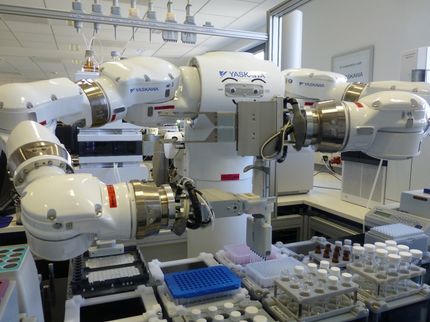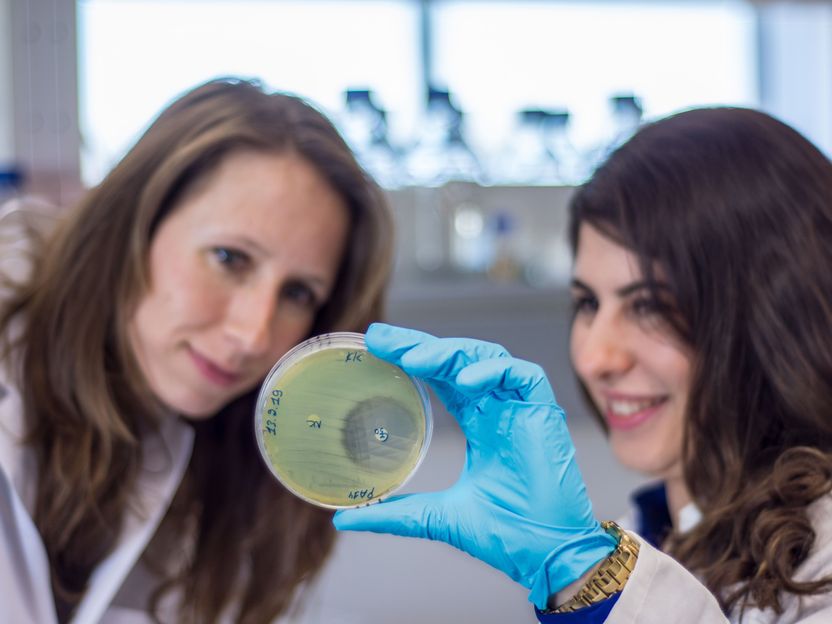Are Drones Coming to Life Science Labs?
Are You Ready for Lab Samples to be Delivered by Drones?
Advertisement
Hudson Robotics, Inc. announced a collaboration with Physical Sciences Inc. (PSI) to bring drone technology to life science laboratories for sample handling. Specifically, microplates containing samples or reagents will be delivered directly to instruments and automated workcells to perform various drug discovery, genomics or quality control related assays. As the prime contractor, PSI will develop a complete system utilizing autonomous drones for moving microplates and other lab consumables to supplement and perhaps replace existing robotic arms.
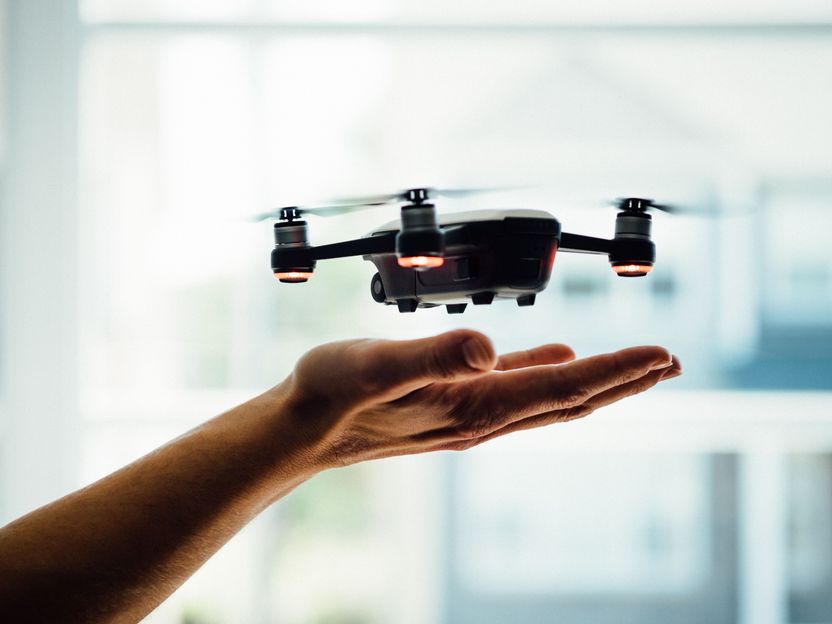
Drones (symbol picture)
Photo by Dose Media on Unsplash
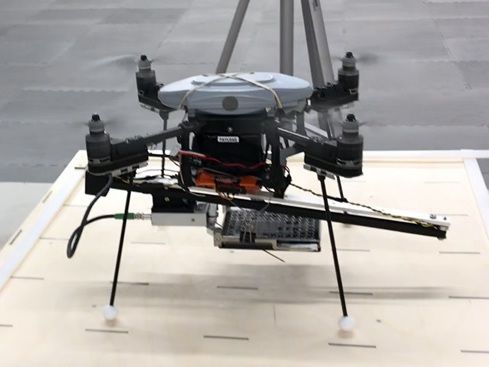
The initial prototype from the Phase 1
Hudson Robotics, Inc.
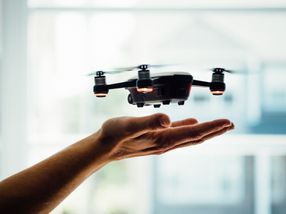

Hudson’s President and Founder, Phil Farrelly, said “Hudson will apply our extensive library and knowledge of interfacing existing laboratory devices (robotic liquid handlers, sample separation devices, microplate readers and imagers) and develop the hardware and software required to accomplish the project objectives”. Hudson’s extensive software capabilities, the SoftLinx™ Laboratory automation scheduling software and the associated Plug-ins (drivers that control other instruments) will play an important role in the project. Hudson will employ those technologies to direct the movements of the drones, load and unload the lab instruments, and then operate those instruments.
PSI intends to use their own commercial off-the-shelf (COTS) advanced drone technology, in conjunction with a new gripper design, to bring this technology to the point of commercialization. It will provide life science laboratories with the speed, accuracy and reliability required without the associated cost, limited work envelope and operational and service expertise required by existing robotic infrastructure. The goal is to provide a highly flexible microplate transport tool at lower costs than current dedicated robotic arm systems, and to extend lab transport capabilities for longer-distance travel and more flexibility in scheduling assays and other lab procedures.



